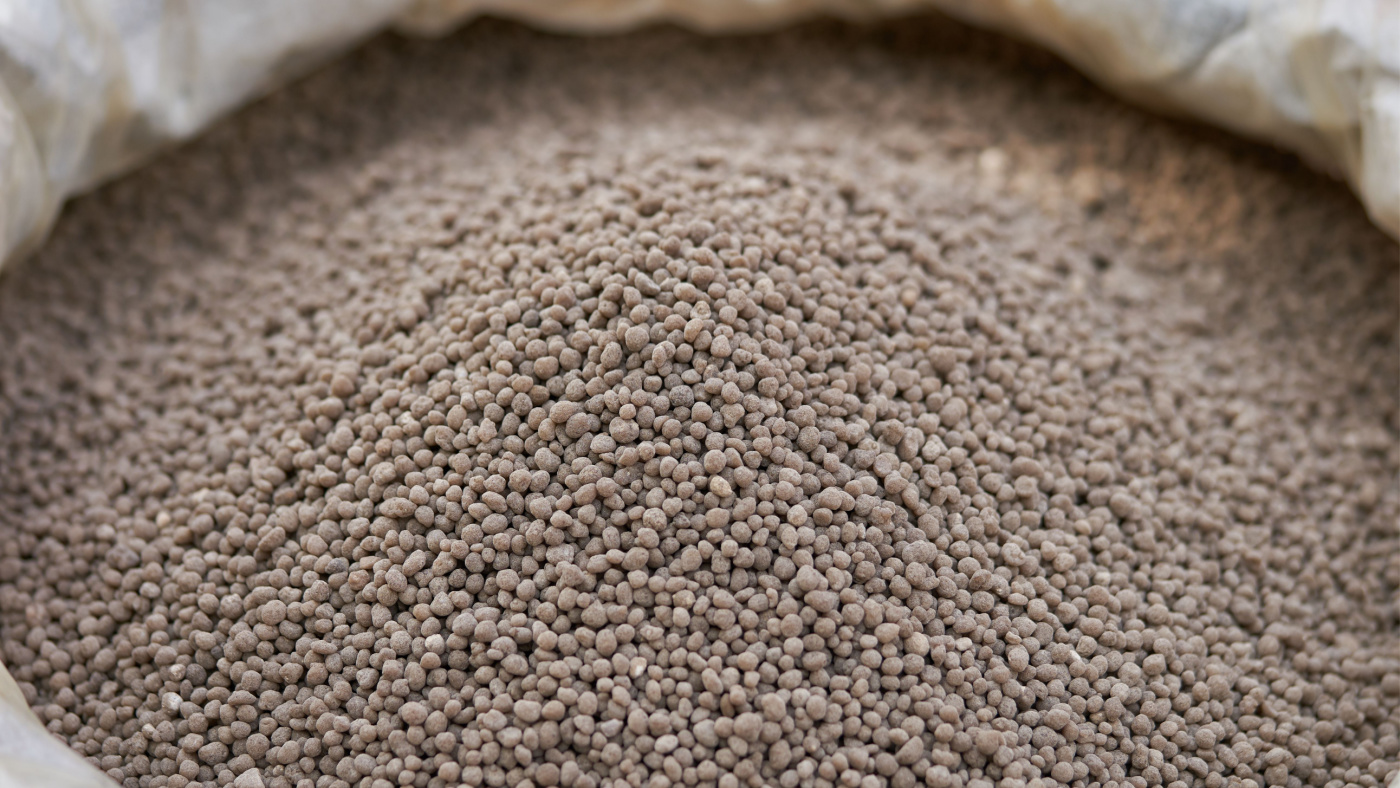As commodity prices fell in recent months, input costs have been slow to follow. Josh Linville, vice president of fertilizer for StoneX, says buying inputs is a challenge for farmers.
“Farmers, of course, are struggling with low grain prices. That has been the single biggest conversation out there, which is that fertilizer prices are high, but the manufacturer is like, ‘It was high before, and they bought it.’ Well, that’s right, but corn was four, five, six, dollars a bushel, and today we’re looking at something with a three in front of it, so the cash flow is significantly different, which is going to change how the farmer moves to the marketplace. You know, when you look at what we expect for next year, we’re still forecasting 91-and-a-half million acres of corn for 2025. That begets a certain amount of phosphate, potash, and nitrogen, but that does not mean they have to step in early, so that is changing things.”
There are geopolitical situations that could have a significant impact on the availability and price of fertilizer in the future.
“Globally, there are some things that still spook us. I know things are bad today, but they can certainly get worse now. When you start to think about the Israel-Iran situation, the Russia-Ukraine situation, the China-Taiwan situation and then you start to look at the fertilizers that are produced around these regions. I hope that this the worst it gets, but I’m not going to make any guarantees on it.”
Linville talks about what farmers may want to keep in mind as they think ahead to 2025.
“A lot of people have got the mindset I am going to wait. I’m going to wait to see if prices go down, I’m going to see if grains go up. I’m going to wait to see if something jumps out as the crop would produce next year. But if I lock in stuff now, I’m locked in. I can’t get away from that. So everybody is going to think this wait mentality, and that’s okay. It’s the first half of August, it’s slow. It’s quiet. We’re a very long way from spring.”


